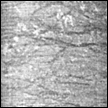 DEPTH RANK 0
DEPTH RANK 0
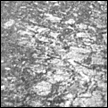 DEPTH RANK 1
DEPTH RANK 1
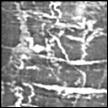 DEPTH RANK 2
DEPTH RANK 2
 DEPTH RANK 3
DEPTH RANK 3
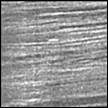 DEPTH RANK 4
DEPTH RANK 4
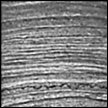 DEPTH RANK 5
DEPTH RANK 5
 DEPTH RANK 0
DEPTH RANK 0
 DEPTH RANK 1
DEPTH RANK 1
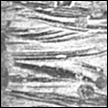 DEPTH RANK 1
DEPTH RANK 1
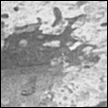 DEPTH RANK 2
DEPTH RANK 2
Depth ranks are are a sequence of facies related to the inferred relative depth of the lake during deposition. The overall direction of environmental change represented by these facies is fairly obvious and they provide the most direct measure of relative lake level and hence climate presently available for these rocks. At one extreme, the dry, low lake level facies (rank 0) consists of massive, often red mudstones with intensely mudcracked or rooted sedimentary fabrics. These fabrics were produced by playas or vegetated dry lakes. At the other extreme is rank 5 comprised of microlaminated, usually black and organic-rich calcareous mudstones frequently containing completely preserved fossil fish and aquatic reptiles. This facies was produced by deep (>80 m) perennially stratified lakes. Beds of low depth rank (1-2) often preserve reptile footprints, and beds with higher ranks (3-4) often contain fish fragments. Low depth rank units are often red and contain little or no organic carbon and often contain evaporite pseudomorphs. High depth rank units are usually gray or black with correspondingly elevated total organic carbon contents (>2%).
A single sequence of mudstone facies (i.e. the primary depth ranks) accounts for most of the variability in the cores. However, the upper Passaic Formation and the basal Lockatong Formation have sandstone and sandy mudstone facies that cannot be interpolated into the linear sequence of primary depth ranks. Thus, we use two subsidiary and parallel depth rank scales (secondary and tertiary), in addition to the primary sequence, for the coarser-grained shallow-water facies). The equivalence of these three depth rank series was determined by lateral change of portions of individual cycles into different facies, the intimate interbedded relationship of equivalent facies in some portions of the cores, and the equivalence of position within cycles.